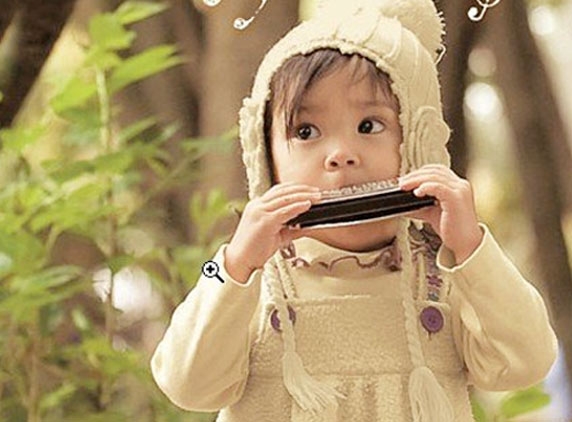
Gearing up for cold weather play presents some challenges for parents. How do you keep kids warm and dry, without over-bundling? How do you minimize daily wrestling with snowsuits and boots? Few things are more delightful than playing in the snow, but few things are more frightful than bundling kids up for winter weather.
When it comes to winter dressing, the right approach—and apparel—makes all the difference. Before you pick-up that first pair of mittens, learn what outdoor experts recommend.
Dress your child like an onion—in layers. Yes, you've heard it before, but do you know why it works? It works because layering creates buffer zones of warm air in between garments, providing superior insulation.
Start with a moisture-wicking under layer that draws wetness away from the skin. The most effective moisture-wicking fabrics: polyester or microfiber blends. Surprisingly, it's best to avoid cotton (one of our favorite indoor fabrics), because it absorbs dampness and clings to skin.
Add an insulating middle layer. We like polyester fleece, because it offers "loft" — i.e., tiny pockets of space that trap and retain even more warm air. Other benefits of fleece: it's soft, stretchy, lightweight, and (very important!) doesn't itch. Plus, it holds up well in the washing machine.
Finally, top it off with a protective outer layer. Look for snow jackets made of tightly-woven fabrics that have been treated for water-resistance. You want a shell that keeps body warmth in, and wind and elements out.
One-piece snowsuits are great for babies (for ease, look for all-in-ones, with attached fold-over mittens, booties, and hood, as well as a full-length zipper). However, two-piece sets are generally more practical for older, active kids. A separate jacket/snow pants set will be easier to get on and off quickly, a must for gotta-go bathroom breaks.
When it comes to cold weather, "moisture management" really is half the battle. Water conducts heat away from the body roughly 25 times faster than air, so kids get chilled faster. For this reason, water-resistant snow pants are a smarter choice than, say, denim jeans, which absorb and hold moisture.
When choosing a snow jacket, look for ribbing or elastic at the wrist, which helps lock out snow. Choose a longer-length jacket, especially in the back. When kids are leaning over making snowmen, little torsos shouldn't be exposed. Avoid hoods with strings; they're a safety hazard.
While we don't lose more body heat through our heads as once believed, heads and faces do feel temperature changes more acutely than other body parts, so hats are important. How do you get a child to keep a hat on? For babies, choose a hat with wide flaps (not strings) that secure under the chin. If kids are old enough, include them in the decision-making process, so you pick a style that they're agreeable to wearing. And make sure the fabric is comfortable, never itchy!
Scarves come and go in popularity, but they are never a safe choice for kids in motion. Instead, choose a stretchy neck gaiter that kids can adjust as needed, in a soft, non-irritating fleece.
Mittens are preferable to gloves, because they allow more warm air to circulate around little fingers. But at some point, kids want gloves, which gives them better control. Either way, look for elasticized wrists and longer cuffs to keep snow from trickling in, and a non-skid surface on the palms, which allow a safer grip on sleds.
To keep little feet toasty, start with a good pair of warm, moisture-wicking socks. Avoid cotton, which absorbs wetness. Then add a pair of sturdy, water-resistant snow boots. We prefer Velcro® closures to laces, because kids can manage them independently, and they're easier to get on and off.
When it comes to hats and mittens, keep extras handy. That way, when one set gets wet, kids can quickly exchange them for dry ones next time out. You may also want to send extras off to daycare, so you're not always scrambling to find that misplaced mitten.
Kids can still get sunburned in winter, especially when sunlight reflects off the snow. Don't forget sun block and lip balm, as well as UV-blocking sunglasses or goggles.















